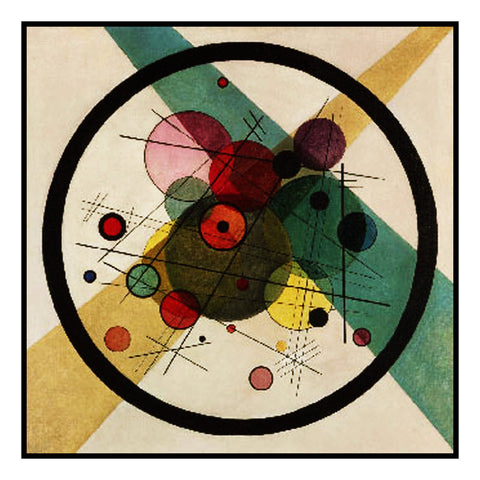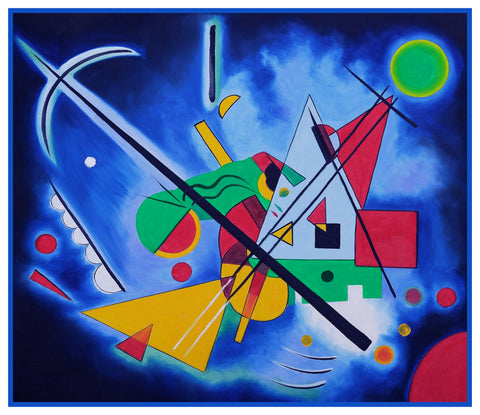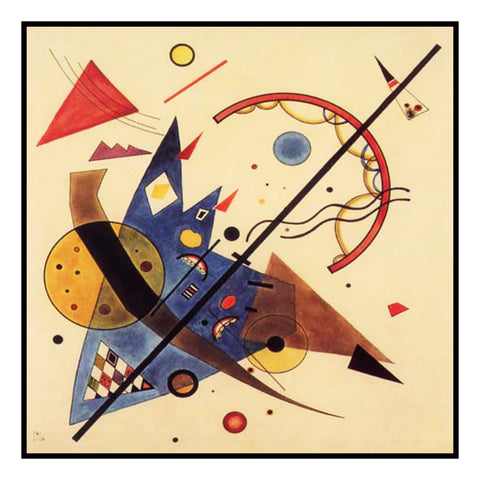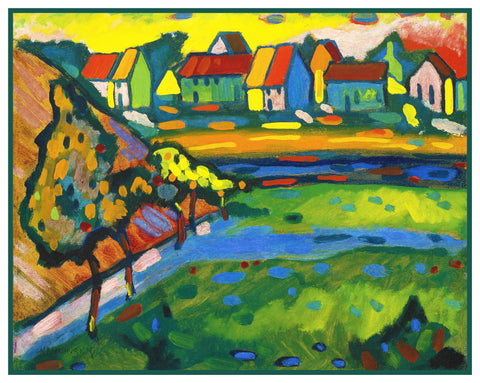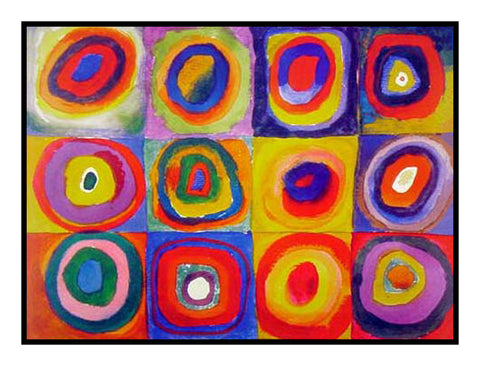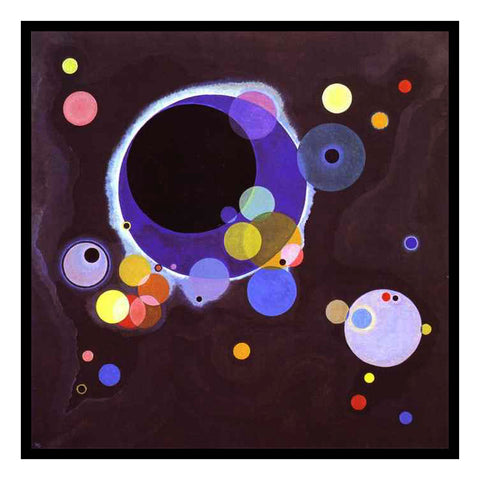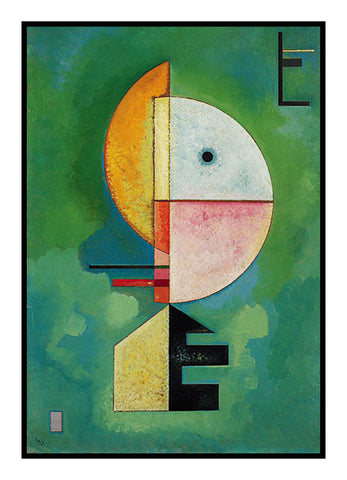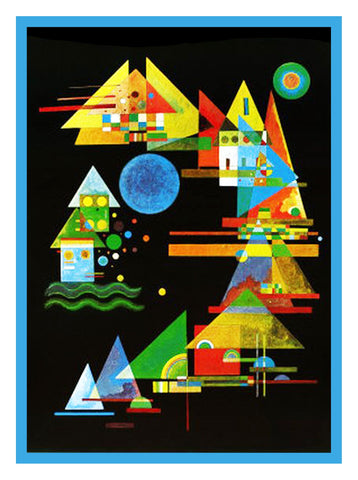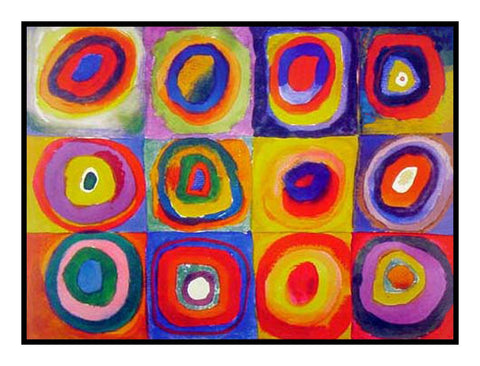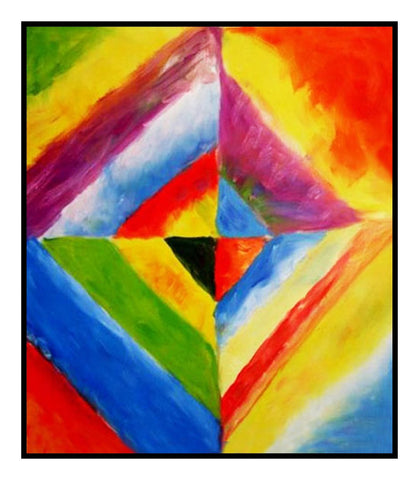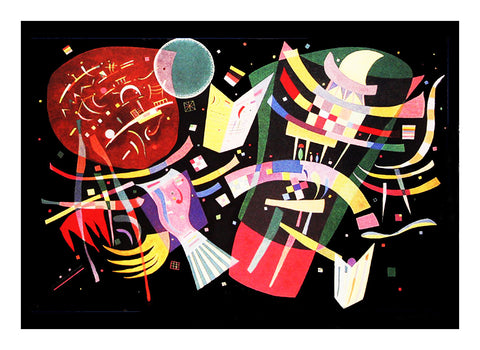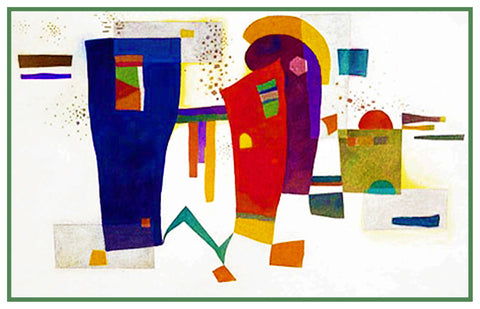- This product is a Digital Download of a COUNTED CROSS STITCH PATTERN. Instructions included.
- This pattern is used to sew and create a cross stitch picture.
- This is NOT a completed product. It is NOT a kit, it is a DIGITAL DOWNLOAD. Floss, fabric, and other supplies are NOT INCLUDED.
- After purchasing you can work from this digital pattern on your device or print the pattern on your own printer.
- The pattern consists of a multi-page enlarged chart that is easy to follow as you work.
- This pattern is in Black and White and uses symbols to differentiate the different threads you will use. It is NOT IN COLOR.
- See the detailed product images attached to this listing showing what you will receive and what the pattern looks like.
- Chart/Patterns use up to 40 colors of floss, which YOU must provide.
- This pattern uses Full Stitches only. No half stitches, and no backstitching necessary. Charted for 14 count fabric and DMC Cotton Floss. Finished size is 16 inches (224 Stitches) by 10 inches (140 Stitches).
This chart was inspired by a painting by Wassily Wassilyevich Kandinsky, 1866 -1944, was an influential Russian painter and art theorist. He is credited with painting sone of the first purely abstract works. Born in Moscow, Kandinsky spent his childhood in Odessa, where he graduated at Grekov Odessa Art School. He enrolled at the University of Moscow, studying law and economics. Successful in his profession he was offered a professorship (chair of Roman Law) at the University of Dorpat. Kandinsky began painting studies (life-drawing, sketching and anatomy) at the age of 30. In 1896 Kandinsky settled in Munich, studying first at Anton Abe's private school and then at the Academy of Fine Arts. He returned to Moscow in 1914, after the outbreak of World War I. Kandinsky was unsympathetic to the official theories on art in Communist Moscow, and returned to Germany in 1921. There, he taught at the Bauhaus school of art and architecture from 1922 until the Nazis closed it in 1933. He then moved to France, where he lived for the rest of his life, becoming a French citizen in 1939 and producing some of his most prominent art. He died at Neuilly-sur-Seine France in 1944.


![[product_title] - Orenco Originals LLC Counted Cross Stitch](http://www.orencooriginals.net/cdn/shop/products/01a16x10WassilyKandinskyImprovisationonMahogany1910STITCHED_2bdf236c-29c2-41a1-817e-5e4ed60e26a7_1024x1024.jpg?v=1659405457)
![[product_title] - Orenco Originals LLC Counted Cross Stitch](http://www.orencooriginals.net/cdn/shop/products/01a16x10WassilyKandinskyImprovisationonMahogany1910STITCHED_2bdf236c-29c2-41a1-817e-5e4ed60e26a7_medium.jpg?v=1659405457)
![[product_title] - Orenco Originals LLC Counted Cross Stitch](http://www.orencooriginals.net/cdn/shop/products/OrencoOriginalsWasillyKandinski_FirstStitchPILLOW_4_26909fe8-47a0-4891-b493-4ea9b3428cea_medium.jpg?v=1659405457)
![[product_title] - Orenco Originals LLC Counted Cross Stitch](http://www.orencooriginals.net/cdn/shop/products/OrencoOriginalsWasillyKandinski_FirstStitchFRAME_1_df582a08-d206-41e3-928c-b15e5fef9f0f_medium.jpg?v=1659405457)
![[product_title] - Orenco Originals LLC Counted Cross Stitch](http://www.orencooriginals.net/cdn/shop/products/OrencoOriginalsWasillyKandinski_FirstStitchPILLOW_6_fbd40299-6810-4421-a1e0-92704bde2fb4_medium.jpg?v=1659405457)
![[product_title] - Orenco Originals LLC Counted Cross Stitch](http://www.orencooriginals.net/cdn/shop/products/OrencoOriginalsWasillyKandinski_FirstStitchFRAME_7_c957481b-d299-483b-830a-8867ff2d1efc_medium.jpg?v=1659405457)
![[product_title] - Orenco Originals LLC Counted Cross Stitch](http://www.orencooriginals.net/cdn/shop/products/OrencoOriginalsWasillyKandinski_FirstStitchPILLOW_3_95bf64c5-f1c6-4ab5-9095-e04522d3c0b7_medium.jpg?v=1659405457)
![[product_title] - Orenco Originals LLC Counted Cross Stitch](http://www.orencooriginals.net/cdn/shop/products/OrencoOriginalsWasillyKandinski_FirstStitchPILLOW_2_3d737aa2-5751-4ea2-bda9-0c57fbebf5e0_medium.jpg?v=1659405457)
![[product_title] - Orenco Originals LLC Counted Cross Stitch](http://www.orencooriginals.net/cdn/shop/products/ChartExample_9a9ddc27-8cd9-4941-a653-2f8ba04ea9b3_medium.jpg?v=1659405457)
![[product_title] - Orenco Originals LLC Counted Cross Stitch](http://www.orencooriginals.net/cdn/shop/products/ChartExample_-_Copy_-_Copy_-_Copy_2_-_Copy_a66a906a-48bc-4511-859c-ef35701eec8c_medium.jpg?v=1659405457)
